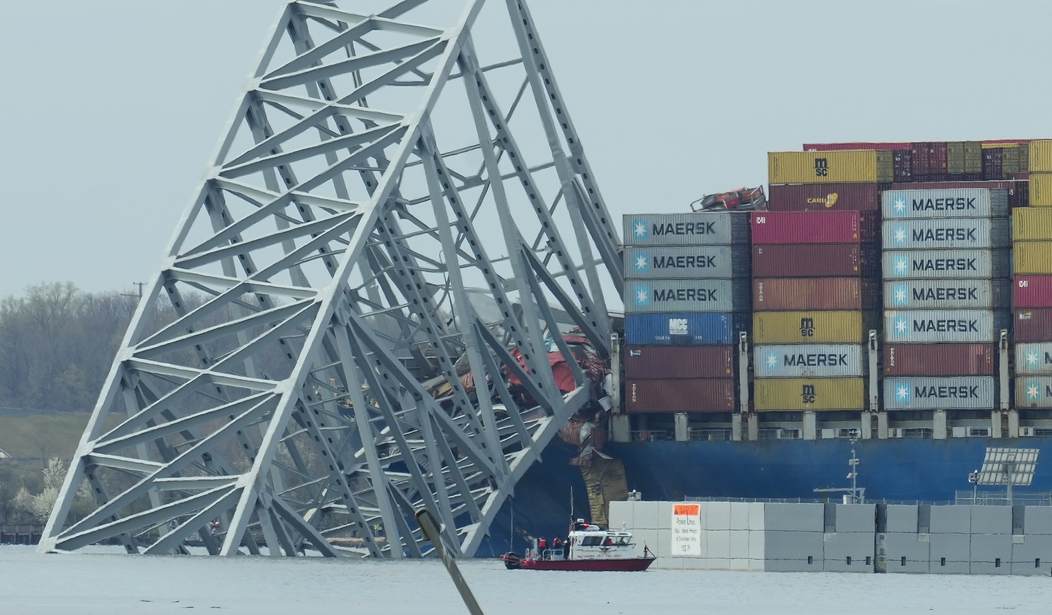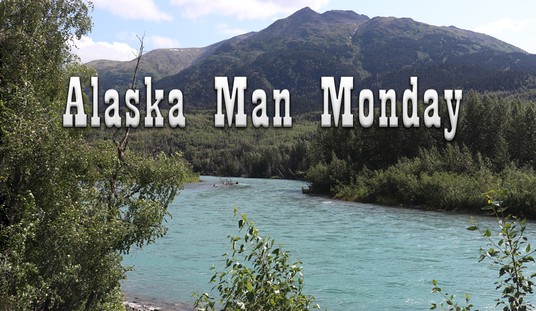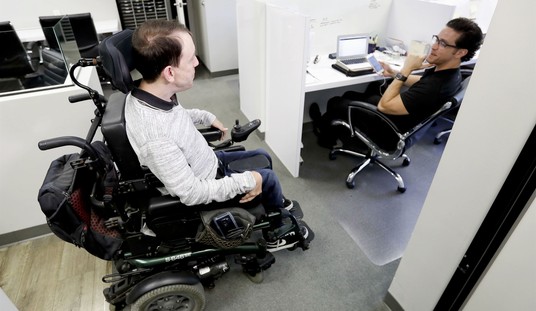Early Tuesday morning, the Dali, a 32,000-ton British-operated Singapore-flagged Indian-crewed ship carrying 4,900 containers en route from Baltimore to Colombo, Sri Lanka, slammed into a supporting pier of Baltimore's Francis Scott Key bridge, collapsing it.
BACKGROUND: NEW: 2 Rescued After Baltimore Bridge Collapse; Sonar Detected Multiple Submerged Vehicles
The Francis Scott Key Bridge is a major artery and part of I-695 around the eastern side of Baltimore. This is a major catastrophe. Prayers for the 20 people missing. pic.twitter.com/mtnqaZmAwE
— Ward Carroll 🇺🇸 (@wardcarroll) March 26, 2024
The ship had two American pilots aboard who were employed by the Port of Baltimore and were members of the Maryland Board of Pilots. One of them comes from my wife's alma mater, SUNY Maritime.
Diabolical low IQ American mleccha is trying to pin the blame for his own governments incompetence on Indians. A Maryland state licensed pilot was at the helm of the Ship, you numbskull.
— Openminded Fanatic (@Openatic) March 26, 2024
In usual parlance "crew of a ship" doesn't include the pilot, and it's not the crew but the… https://t.co/DasHWcz0Cy pic.twitter.com/gNEbh3oXcE
The ship seems to have suffered two total power failures in the moments before the collision. A timely Mayday call from one of the pilots let the port authority shut down bridge traffic, saving dozens of lives.
There are two tragedies emerging from this story. The first and most obvious is that of the families who lost loved ones. At least seven people, thought to be highway repair crew working on the road surface, are dead. There will probably be more before the recovery operation is finished.
The second tragedy is Baltimore City.
Baltimore City has been on the razor's edge of collapse for decades as factories and mills closed down and the population migrated to suburban Baltimore County. What's been left behind is a city that is largely gutted of its middle class and reliant upon tourism rather than industry. The last steel mill in Baltimore closed down in 2011. The only industrial vestige of Balitmore's past is the port.
The Francis Scott Key bridge over the Patapsco River separated the Port of Baltimore from the Chesapeake Bay. When it dropped this morning, the port was closed to inbound or outbound traffic, and it will remain that way until a channel is cleared.
Just examining the data on MV #Dali that hit and collapsed the #Keybridge outside or Baltimore.
— Sal Mercogliano (WGOW Shipping) 🚢⚓🐪🚒🏴☠️ (@mercoglianos) March 26, 2024
This closes the port of Baltimore and shuts down any traffic into or out of it. pic.twitter.com/LykHkrbzK2
The Port of Baltimore is not the largest port on the East Coast, but it is an important one to the nation and to Maryland.
— streiff (@streiffredstate) March 26, 2024
The Port of Baltimore generates about 15,300 direct jobs, with nearly 140,000 jobs overall linked to Port activities. The port is first among the nation’s ports for autos and light truck volume, roll on/roll off farm and construction machinery, and imported gypsum and is responsible for nearly $3.3 billion in personal wages and salaries, $2.6 billion in business revenue and nearly $400 million in state and local tax revenue annually.
Even though Baltimore has received some federal money to modernize the port, closing the harbor calls those investments into question. The shortest time estimate that I've found to repair the bridge is three years; the upward bound is seven years. I haven't found an estimate for how long it will take to clear the shipping channel, but I can't imagine it being less than a year.
In the meantime, the State of Georgia is pulling out all the stops to make the Port of Savannah the East Coast's "superport." Georgia Ports Authority is investing nearly $2 billion in infrastructure for Savannah, and the rail carrier CSX is joining the partnership.
Several trends are shaping the future of GPA’s strategic market position. The population of the U.S. Southeast has grown by 9 percent since 2012, adding 6.5 million people and increasing consumer demand. The fastest growing states are Texas, Florida, North Carolina, Georgia, South Carolina, and Tennessee. This trend has also resulted in manufacturing shifting to the Southeast, with major brands establishing a presence.
Other ports stand ready to handle Baltimore's traffic.
East Coast ports including in New York, New Jersey and Virginia are positioned to handle additional ships if the Baltimore bridge collapse leaves terminals there inaccessible, potentially easing impacts on global trade flows.
“The question is how quickly ocean freight carriers can put diversions in place, particularly for vessels already en route to Baltimore or containers at the port waiting to be exported,” Emily Stausbøll, an analyst at Oslo-based shipping-analytics company Xeneta, said in an email.
The question is, how much of the lost traffic will Baltimore be able to woo back? My guess is not a lot. The skilled workforce that services the ships will not wait around for a year or two. The supporting jobs will quickly go bankrupt or move on to a different customer base. It is unlikely that a "public-private" partnership will be interested in sinking $550 million into port infrastructure when the traffic has moved elsewhere.
Cities that have inspired leadership can adapt to changing economic times. Pittsburgh is a great example of a city that was thought dead when the steel industry collapsed but has rebranded and rebuilt itself as a financial and business center. Inspired leadership is in short supply in Baltimore and Maryland. If the port stays closed a year or more, I think you will see what is left of Baltimore's middle-class pull pitch and leave it with a Disney World around the Inner Harbor and a combat zone everywhere else.













